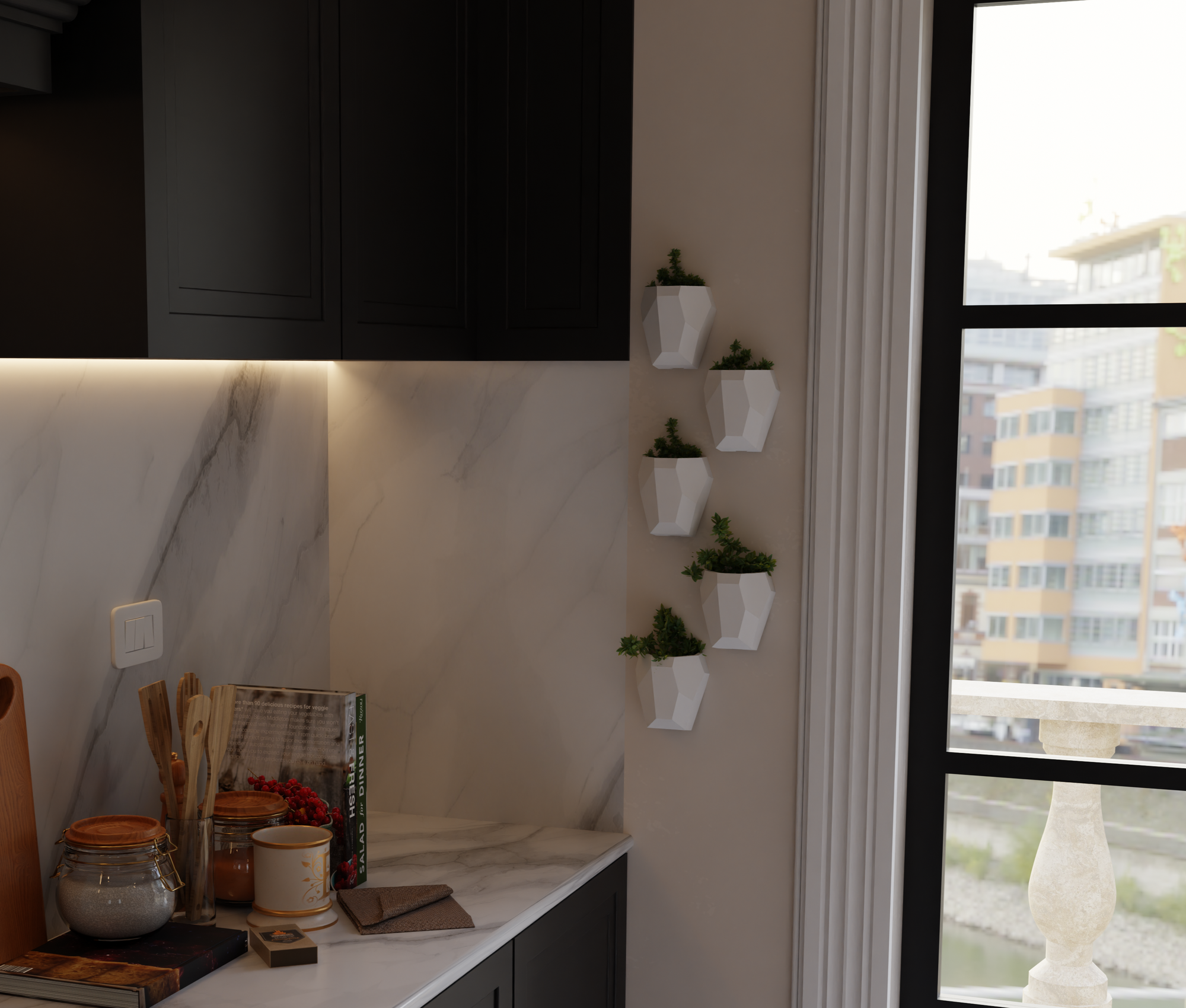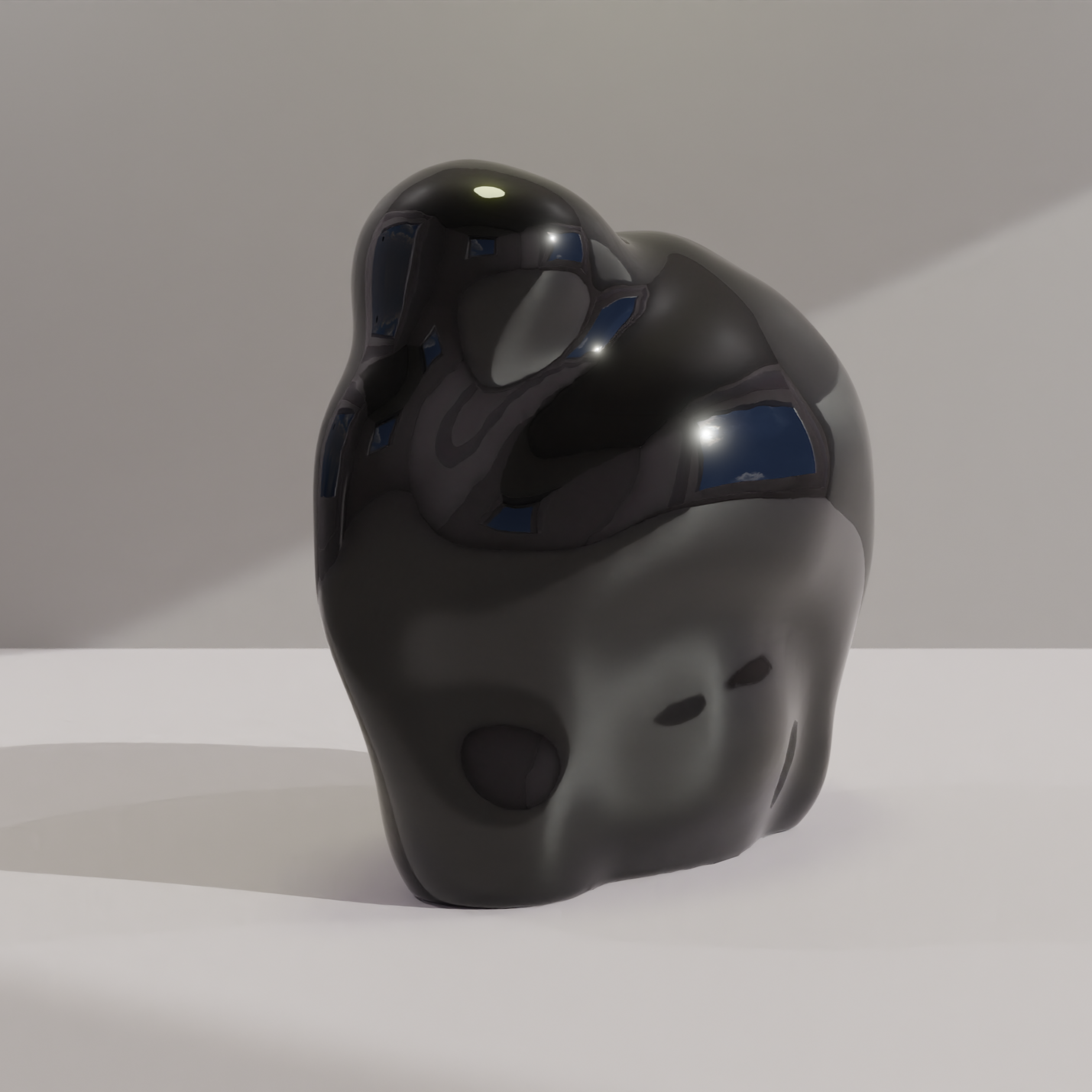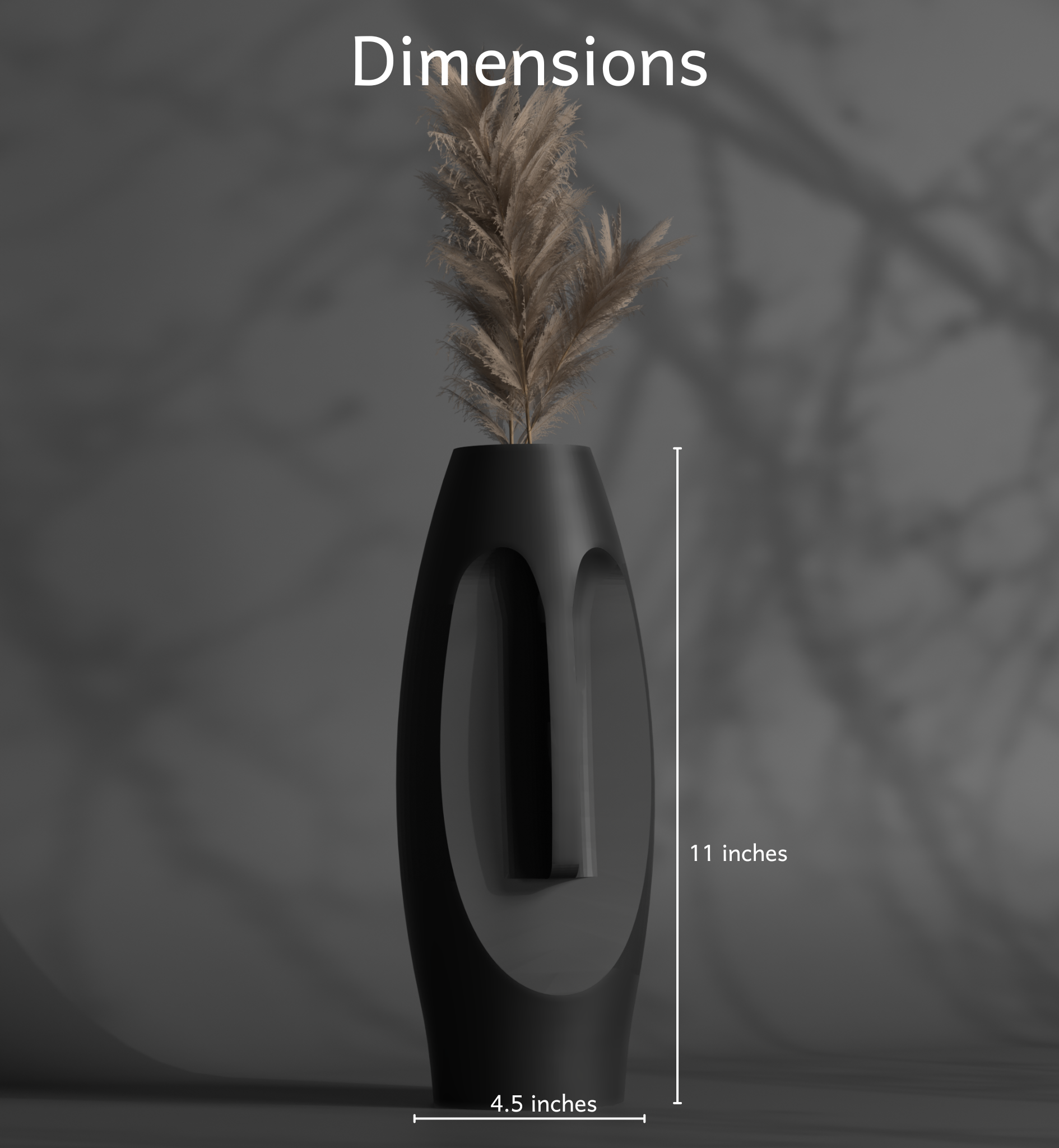
What is FRP (Fiber-Reinforced-Polymer) ?
Fiber-Reinforced Polymer (FRP)
FRP is a composite material made by combining a polymer matrix with reinforcing fibers. The polymer matrix provides the bulk of the material, while the fibers enhance its strength, stiffness, and durability. This combination results in a material that is often lightweight, strong, and resistant to corrosion.
Components of FRP:
-
Polymer Matrix: This is the binding material that holds the fibers together. Common polymers used include:
- Polyester
- Epoxy
- Vinyl ester
-
Reinforcing Fibers: These fibers provide the structural strength and stiffness. Common types include:
- Glass fibers (used in fiberglass)
- Carbon fibers
- Aramid fibers (e.g., Kevlar)
- Basalt fibers
Applications of FRP:
FRPs have a wide range of applications due to their versatility and properties. Some common uses include:
- Construction: Bridges, buildings, pipes, and other infrastructure.
- Automotive: Car bodies, components, and racing parts.
- Aerospace: Aircraft parts, rockets, and satellites.
- Marine: Boats, ships, and offshore structures.
- Wind energy: Blades for wind turbines.
- Sports equipment: Tennis rackets, golf clubs, and fishing rods.
Advantages of FRP:
- Lightweight: FRPs are often lighter than traditional materials like steel or concrete, making them ideal for applications where weight reduction is important.
- Strong and durable: FRPs can be very strong and durable, especially when reinforced with high-strength fibers like carbon or aramid.
- Corrosion resistant: FRPs are resistant to corrosion, making them suitable for harsh environments.
- Versatility: FRPs can be customized to meet specific requirements by varying the type and amount of polymer and fibers used.
In essence, FRP is a versatile and high-performance material that has found applications in a wide range of industries.
































